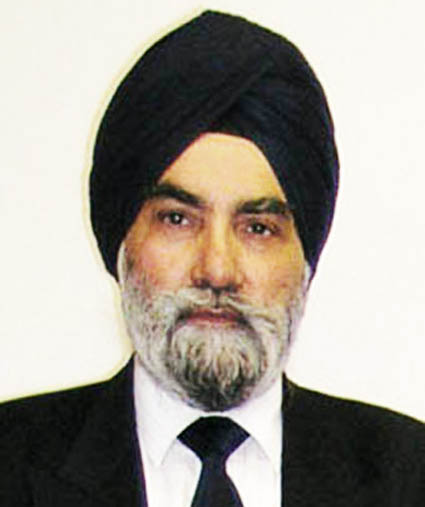40th Anniversary of the Third Ghalughara (holocaust) and Emergence of the Global Sikh Nation

It has been 40 years since the fateful attack on Darbar Sahib precinct in the Sikh holy city of Amritsar in northern India. Since then, we have seen an accelerated deterioration of the relationship between India and arguably, its favourite offsprings - the Sikhs. No other minority has made such an impact on Indian history since pre-Independence from the British empire, as the Sikhs. []]5th June 1984 - 40 years on: Growing pains of an emerging Nation by Dya Singh, Australia.]
Both, the Sikhs and the country continue to pay the price of the blood-stained episode in the Sikh and Indian history which started from 1 June 1984. The Indian Army was ordered to attack own citizens in the Panjab State beginning with the siege of Panjab from the first week of June 1984 and the simultaneous attacks on Darbar Sahib and historical Gurdwaras. This was the start of the genocide of Sikhs which would last for 10 years. It was the Third Ghalughara in Sikh history often compared to the Holocaust (1941-5), the mass murder of Jews by German Nazi regime.
For the Sikhs, popularly called the sword arm of India, the invasion of Panjab by own army was like a stab in the back. The Indian Constitution and the democratic institutions failed to defend the trusting people of Panjab from a despotic power-hungry Prime Minister, Indira Gandhi. The wound of just Sikh grievances festering since 1947, was cut wide open. The invasion of Panjab by the Indian Army was a reminder of Jang Hind-Panjab (1845-6), war between Khalsa Raj and colonial India, as described by Shah Muhammad.
The invasion reminded the Sikhs of their inalienable historical right to nationhood and choices as such. That they were a distinct political entity, the Khalsa Panth, and should be dealt with as such. According to late S. Khushwant Singh: Ever since 1721, the Golden Temple []]Darbar Sahib] with the complex of attached structures, has remained the centre of the Sikh world, the Sikh history, the Sikh politics and the Sikh theophany.
Akal Takht, the Throne of the Timeless Creative Power, signifies the rule of dharam (Universal Law and truthful conduct) over temporal law and politics. Only the Khalsa Panth is empowered to sort out internal Sikh affairs at Darbar Sahib complex which has a sovereign status in the collective Sikh psyche. It is a right which the Khalsa Panth has earned and defended over the centuries with numerous sacrifices and battles. It is a right defended by the Khalsa at all costs. Historical weapons are preserved and displayed at Akal Takh symbolising Khalsa freedom to keep and use arms as a last resort. It is a right which no earthly power can take away from the Khalsa Panth.
Like the earlier two Ghalugharas in Sikh history, large number of Sikhs have been driven to foreign lands. That trend continues. The enlarged Sikh diaspora is like a global Sikh nation united through advanced communication networks, travel and family connections.
Yet, no matter where the Sikhs live, they cannot forget their historical places and roots in the Indian sub-continent, of which they are reminded by their daily Ardas. Global Sikhi will remain centred and united around the core egalitarian Sikhi values and be guided by the Global Sikh Manifesto, Sri Guru Granth Sahib.
Gurmukh Singh OBE
Principal Civil Servant retd (UK)